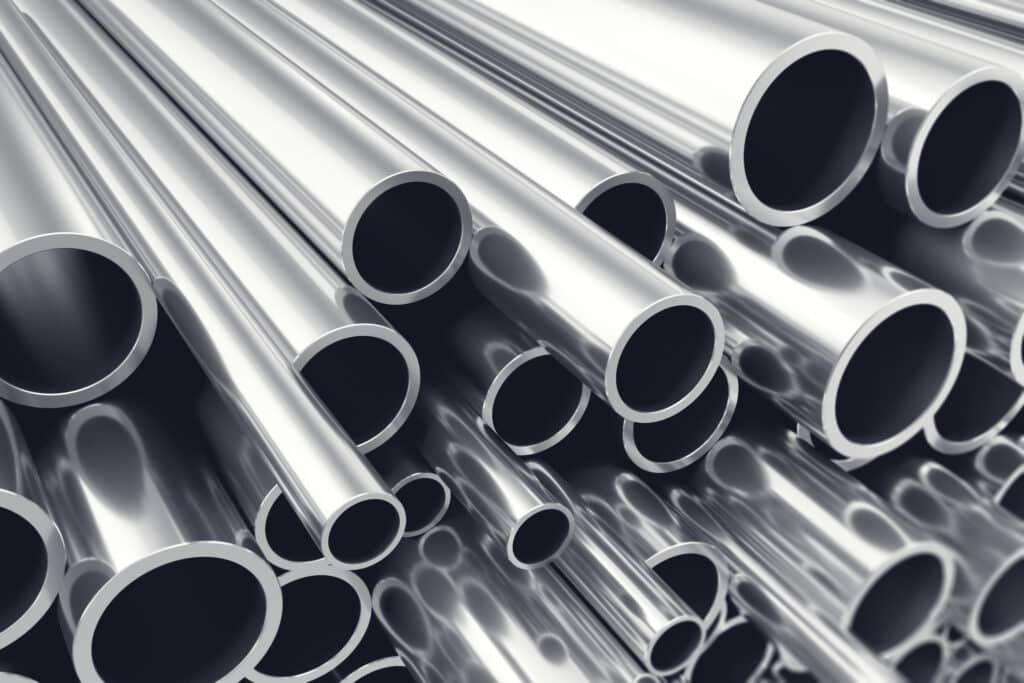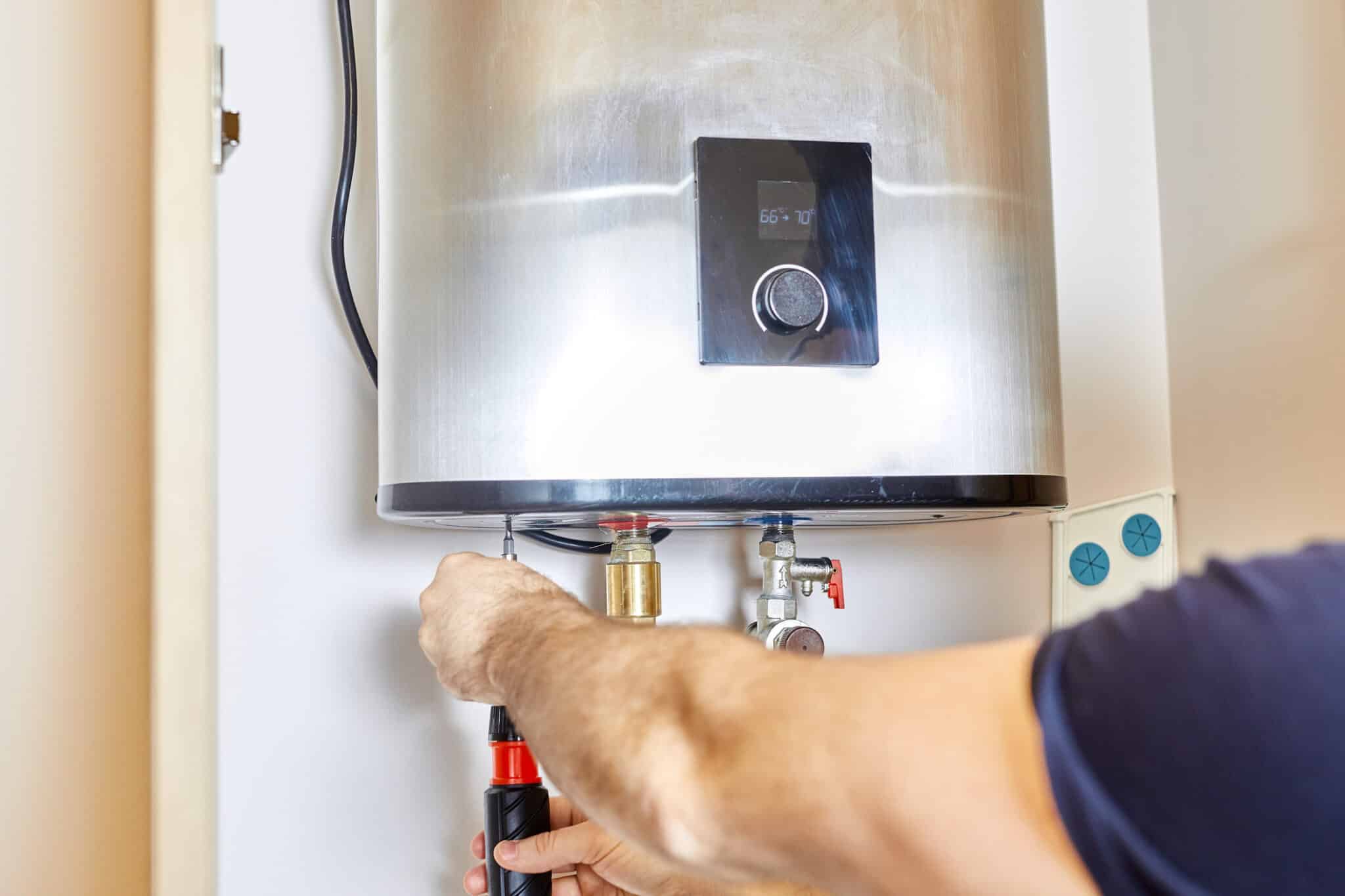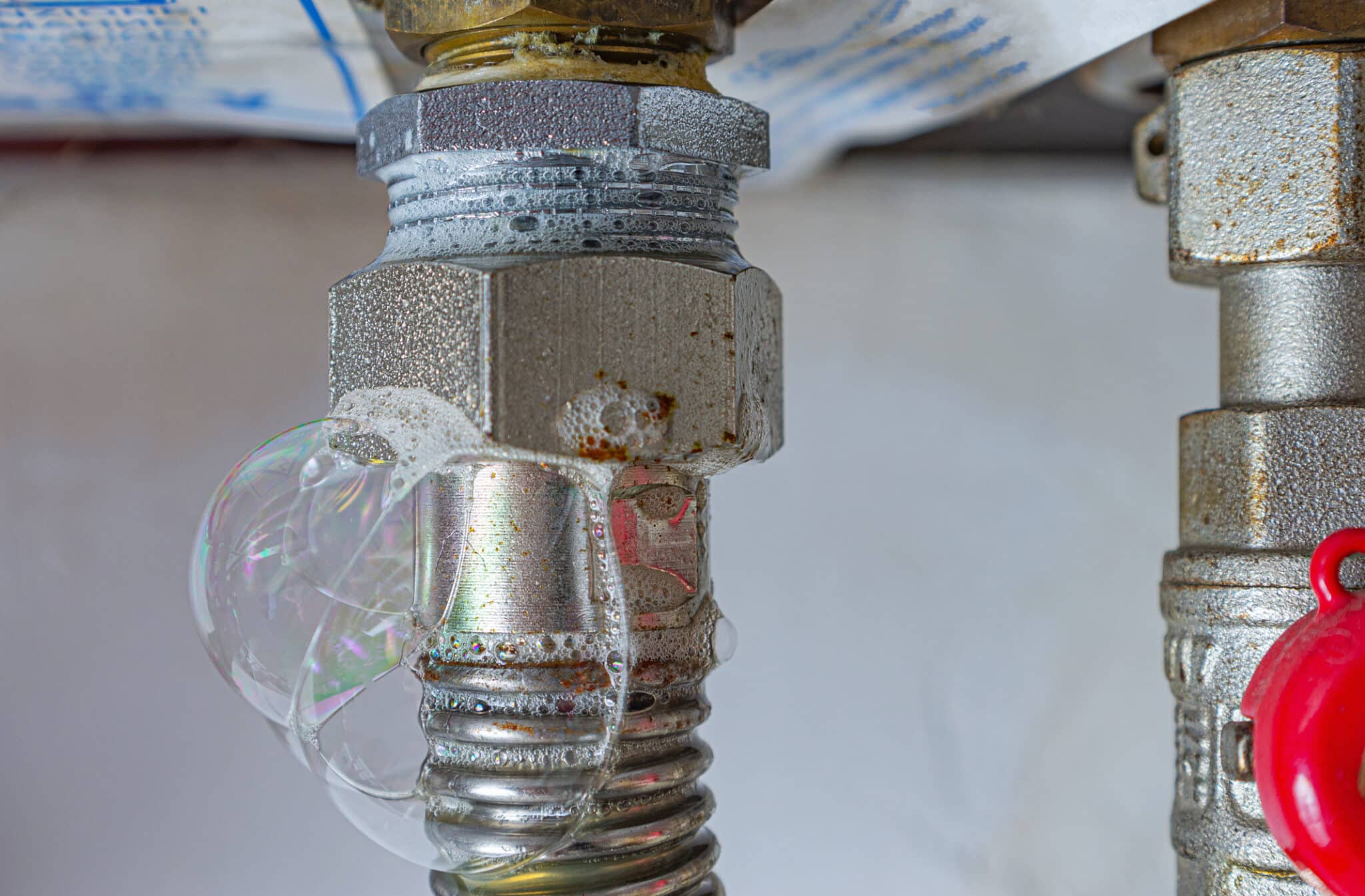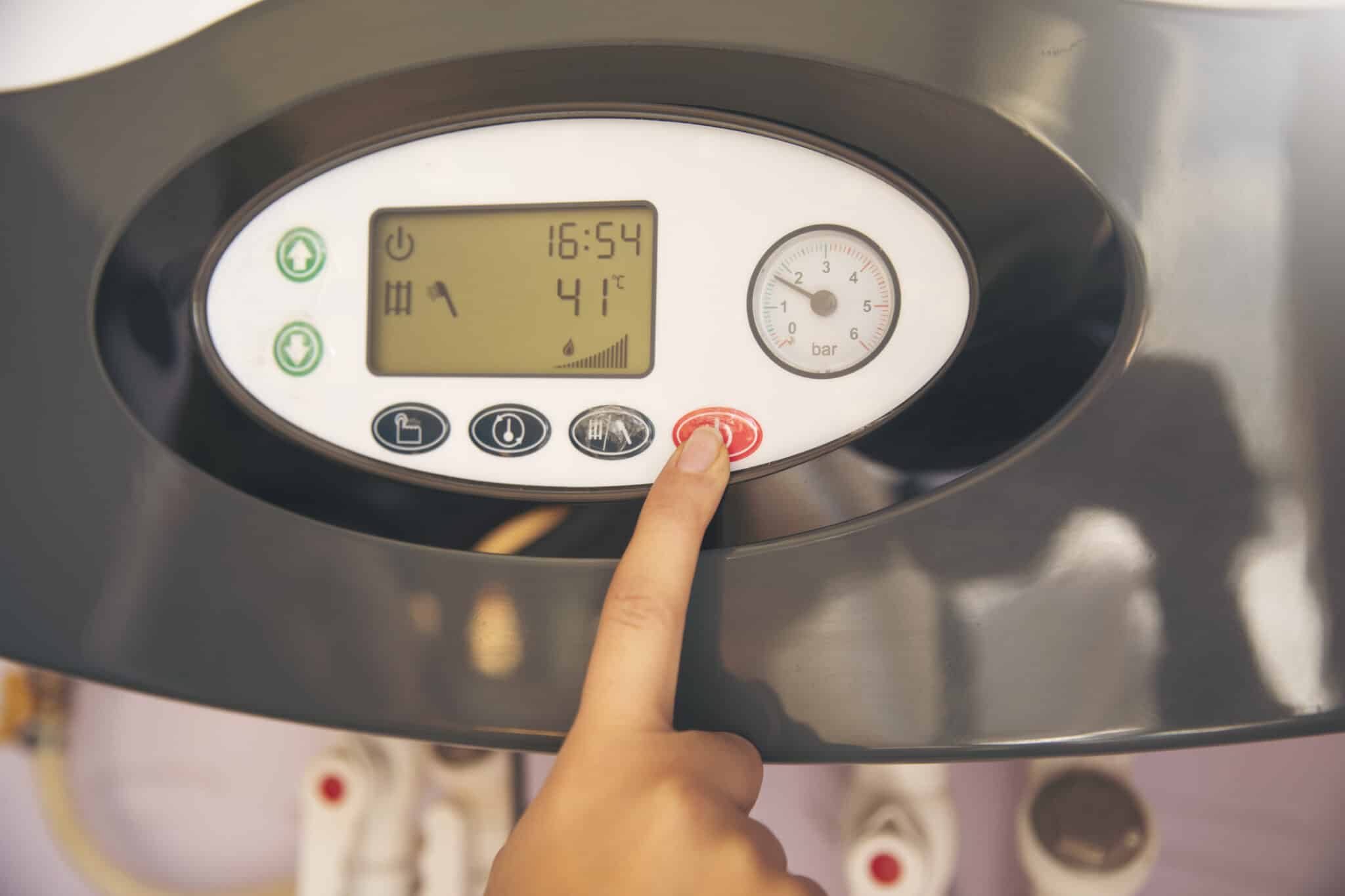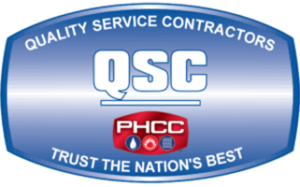When choosing plumbing materials, the debate between stainless steel pipes and copper pipes often comes up—but one has clear advantages. Copper pipes have been a trusted option for decades, known for their traditional reliability in plumbing systems.
However, stainless steel pipes bring modern benefits like superior durability, cost-efficiency, and environmental friendliness.
These qualities make stainless steel an ideal choice for homes and businesses in areas like Clarksburg, Potomac, and North Bethesda, MD. If you’re looking for a plumbing solution that lasts longer and performs better, stainless steel is the way to go.
Overview of Stainless Steel and Copper Pipes
What Are Stainless Steel Pipes?
Stainless steel pipes are made from a steel alloy containing chromium, which gives them excellent rust and corrosion resistance. They are lightweight, strong, and versatile, making them ideal for residential, commercial, and industrial plumbing systems.
These pipes are particularly valued in areas with harsh water conditions or high pressure because they maintain their durability and integrity over time. Their sleek appearance and long lifespan make them an increasingly popular choice for modern plumbing solutions.
What Are Copper Pipes?
Copper pipes have been a trusted plumbing material for decades due to their reliability and ability to handle both hot and cold water. They are made from pure copper, offering natural antimicrobial properties that make them safe for potable water systems.
However, copper is heavier, less flexible, and prone to corrosion when exposed to certain water conditions, such as high acidity or alkalinity.
While they remain a traditional option, copper pipes are increasingly being replaced by stainless steel in modern plumbing for better long-term performance and cost efficiency.

The Key Benefits of Stainless Steel Pipes Over Copper
Durability and Strength
Stainless steel pipes are exceptionally durable and resistant to physical damage such as dents, cracks, or deformation. This makes them ideal for high-traffic areas or systems that experience significant wear and tear over time.
Unlike copper, stainless steel maintains its structural integrity under heavy loads and high-pressure conditions. This strength ensures that stainless steel pipes last longer with less risk of failure, providing a reliable solution for both homes and businesses.
Corrosion Resistance
One of the standout benefits of stainless steel pipes is their superior resistance to rust and corrosion. The chromium content in stainless steel creates a protective layer that prevents oxidation, even in harsh environments or when exposed to water with varying pH levels.
Copper pipes, on the other hand, are more prone to corrosion, especially in acidic or alkaline water systems. This makes stainless steel a better choice for areas with hard water or challenging plumbing conditions, ensuring long-term performance without degradation.
Longevity
Stainless steel pipes are designed to last significantly longer than copper pipes, often maintaining their performance for decades. Unlike copper, which can develop leaks or wear down over time, stainless steel offers consistent reliability with minimal maintenance.
This longevity is particularly beneficial for homeowners who want to avoid the hassle and cost of frequent repairs or replacements. Choosing stainless steel ensures a durable plumbing system that will serve you well for years to come.
Heat and Pressure Tolerance
Stainless steel pipes perform exceptionally well under extreme temperatures and high-pressure conditions. They retain their strength and shape even when exposed to intense heat, making them ideal for hot water systems.
Copper, while effective, can become less reliable under similar conditions and may degrade faster. This heat and pressure tolerance make stainless steel pipes a superior option for demanding applications, such as industrial or high-performance residential systems.
Cost Efficiency of Stainless Steel Pipes
Initial Investment
Stainless steel pipes are often more affordable upfront compared to copper, especially given copper’s fluctuating market prices. Copper is subject to price volatility, making budgeting for projects unpredictable, whereas stainless steel provides more stable cost expectations.
This affordability ensures stainless steel is a practical choice for a wide range of plumbing needs, from small residential repairs to large-scale commercial installations.
Homeowners and businesses in areas like Clarksburg, Potomac, and North Bethesda, MD, benefit from its balance of cost and quality, allowing them to stay within budget without compromising durability.
Maintenance Savings
The exceptional durability of stainless steel pipes translates into significant maintenance savings over time. Unlike copper pipes, which often require repairs for corrosion, pinhole leaks, or scaling, stainless steel is far less prone to these issues.
This results in fewer service calls, reduced downtime for repairs, and lower overall upkeep expenses. Over the long term, the minimal maintenance required for stainless steel pipes makes them a financially sound choice for homeowners and businesses looking to avoid unexpected repair costs.
Lifecycle Cost
When assessing the total cost of ownership, stainless steel consistently delivers greater value compared to copper. While copper pipes may last decades, they often require more frequent maintenance and repairs to remain functional, increasing costs over time.
Stainless steel, however, maintains its reliability with minimal intervention, ensuring consistent performance for many years. This long-term durability makes stainless steel a cost-effective investment, providing peace of mind and reducing financial strain for property owners managing plumbing infrastructure.
Environmental Advantages of Stainless Steel Pipes
Recyclability
The recyclability of stainless steel makes it an environmentally conscious option for modern plumbing systems. Unlike copper, which can create more waste during production and disposal, this material can be repurposed without losing its high-quality properties.
This reduces the need for extracting new raw materials, conserving resources, and promoting sustainable practices. For homeowners in Clarksburg, Potomac, and North Bethesda, MD, choosing a recyclable solution supports green living while maintaining long-lasting performance.
Lower Carbon Footprint
Producing this material is more energy-efficient compared to copper, which helps to reduce its carbon footprint significantly. Its extended lifespan also means fewer replacements, leading to lower material waste and less environmental impact over time.
These benefits contribute to more sustainable plumbing systems that align with energy efficiency goals. Opting for such durable materials supports global efforts to lower emissions and improve environmental outcomes.
Resistance to Chemical Leaching
This non-reactive material resists chemical leaching, ensuring that plumbing systems deliver safe, clean water for everyday use. In contrast, copper can leach small amounts into water over time, particularly in areas with acidic conditions, which may pose potential health concerns.
The resistance to leaching not only protects drinking water systems but also reduces the risk of environmental contamination. These qualities make it an excellent choice for maintaining a safe and eco-friendly household or business.
Installation Benefits of Stainless Steel Pipes
Lightweight Design
Stainless steel pipes are much lighter than copper, making them easier to transport, handle, and install in various plumbing systems. This lightweight property reduces physical strain on workers, allowing them to complete installations more quickly and efficiently.
For homeowners and plumbers alike, the reduced weight means fewer resources and equipment are needed to manage the process, leading to a smoother installation experience.
This is especially beneficial for large or complex systems, where multiple pipes need to be maneuvered into place with precision. By lowering the overall labor effort, stainless steel pipes help reduce installation costs while maintaining high performance.
Flexible and Customizable
Stainless steel pipes are highly adaptable and can be easily shaped or configured to fit a variety of plumbing layouts. Their inherent flexibility allows them to conform to unique or irregular designs, making them an excellent solution for modern or customized plumbing projects.
This adaptability reduces the likelihood of damage during installation, as the material bends without losing its strength or cracking under pressure. Additionally, stainless steel’s versatility makes it suitable for both residential and commercial systems, offering consistent performance across various applications.
The ability to accommodate complex layouts or tight spaces ensures that stainless steel meets the demands of even the most challenging installations.
Lower Risk of Theft
Compared to copper, stainless steel is far less attractive to thieves due to its lower scrap value, which reduces the risk of theft during or after installation. This is especially reassuring for construction sites or unoccupied properties, where copper theft is a common concern.
Replacing stolen materials not only delays projects but also incurs additional costs, which can be avoided by choosing stainless steel.
The durability of stainless steel further reinforces its appeal, ensuring your investment remains secure over time. By prioritizing materials that are less likely to be targeted, you protect both your property and your project timeline.
Reduced Installation Time
The combination of lightweight construction and flexibility significantly speeds up the installation process for stainless steel pipes. These pipes are easy to cut, shape, and connect, allowing plumbers to complete their work with greater efficiency and precision.
Faster installations are particularly valuable for large-scale projects, where time-sensitive deadlines must be met, or for emergency repairs that require quick solutions.
This reduced time translates into lower labor costs, making stainless steel a more economical choice without compromising quality. The simplified installation process ensures a hassle-free experience, leaving homeowners and businesses with a dependable and efficient plumbing system.
Enhanced Safety During Installation
Stainless steel pipes are not only easier to handle but also safer for plumbers to work with, thanks to their smooth and corrosion-resistant properties. Unlike copper, which can develop sharp edges or oxidized surfaces over time, stainless steel remains consistent in quality and finish.
This reduces the risk of cuts or injuries during the installation process, making it a safer option for plumbing professionals. Its non-reactive nature ensures compatibility with a wide range of fixtures and tools, further minimizing potential hazards. By choosing stainless steel, you invest in a material that prioritizes both safety and ease of use during installation.
Challenges of Copper Pipes
Susceptibility to Corrosion
Copper pipes, while durable in many situations, are significantly more prone to corrosion than stainless steel. When exposed to acidic or alkaline water conditions, copper can deteriorate over time, leading to leaks and weakened structural integrity.
This is especially problematic in areas with hard water, which accelerates the corrosion process. Stainless steel, by contrast, resists these effects, making it a more reliable option for long-term plumbing solutions.
High Material Cost
Copper is one of the more expensive materials for plumbing, and its price is known to fluctuate due to market demand and supply. This variability makes it harder for homeowners and contractors to predict costs, often pushing projects over budget.
Stainless steel, while initially comparable in price, provides better value due to its durability and lower long-term expenses. For cost-conscious plumbing installations, stainless steel offers a more practical alternative.
Potential for Theft
Copper’s high scrap value makes it an attractive target for thieves, posing a risk to homeowners and businesses. This is a particular concern in construction sites or unoccupied properties where plumbing materials are left unattended.
Stainless steel, with a much lower resale value, significantly reduces the likelihood of theft. By choosing stainless steel, property owners in areas like Clarksburg and Potomac, MD can avoid these unnecessary security concerns and replacement costs.
Comparing the Maintenance of Stainless Steel and Copper Pipes
Low Maintenance for Stainless Steel
One of the most significant advantages of stainless steel is its low maintenance requirements. These pipes are designed to resist common issues like corrosion, scaling, and leaks, making them an excellent long-term option.
Their durable construction reduces the need for frequent inspections and repairs, saving time and money. This reliability ensures a smooth-running plumbing system with minimal effort from homeowners or businesses.
Frequent Repairs for Copper Pipes
Copper pipes, while reliable in some applications, require more upkeep due to their susceptibility to wear and tear. They are prone to developing pinhole leaks and corrosion, particularly in water systems with high acidity or mineral content.
These issues often necessitate regular maintenance, increasing both costs and inconvenience. Over time, the repeated need for repairs can make copper a less appealing choice for modern plumbing systems.
Long-Term Reliability
When it comes to longevity, stainless steel consistently outperforms copper. Its resistance to corrosion and damage allows it to maintain performance for decades without significant intervention.
Copper, on the other hand, tends to degrade faster, particularly in challenging environments. Choosing materials that demand less upkeep over time ensures dependable performance while reducing the stress and expense of ongoing maintenance.
When to Choose Stainless Steel Pipes Over Copper
Hard Water Areas
In regions where water has a high mineral content, such as hard water areas, stainless steel is the preferred choice. Unlike copper, which is more prone to scaling and buildup, stainless steel maintains its integrity without accumulating deposits that can reduce water flow.
This feature ensures a longer lifespan and fewer disruptions, making it ideal for areas with challenging water conditions.
High-Pressure Systems
For systems that handle high water pressure, stainless steel offers unmatched durability and strength. It resists deformation and cracking even under extreme conditions, ensuring reliable performance.
Copper, while strong, is more likely to show signs of wear under the same pressures, leading to potential leaks or failures. This makes stainless steel an excellent choice for demanding applications like industrial settings or high-performance residential systems.
Budget-Friendly Projects
Although the initial cost of plumbing materials can vary, the long-term savings from using stainless steel are undeniable. Its durability and resistance to damage mean fewer repairs and replacements over time, making it a more cost-effective option.
Copper’s higher material cost and maintenance requirements can strain budgets, especially in large projects. Opting for stainless steel is a smart decision for projects aiming to balance upfront costs with long-term value.
Upgrade Your Plumbing with Clarksburg Plumbing in Maryland!
Ready to experience the durability and reliability of stainless steel pipes for your home or business? At Clarksburg Plumbing, we specialize in delivering top-quality plumbing solutions tailored to your needs.
Whether you’re in Clarksburg, Potomac, or North Bethesda, MD, our team ensures your system is built to last with expert installation and superior materials.
Don’t settle for outdated plumbing—upgrade to a solution that saves you time and money. Contact Clarksburg Plumbing today and let’s get started on your next project!

Frequently Asked Questions (FAQ)
Are stainless steel pipes better than copper for drinking water?
Yes, stainless steel is often a better choice for drinking water systems. It resists chemical leaching, ensuring water remains clean and safe, while copper may release small amounts of metal into the water over time.
Which is more cost-effective: stainless steel or copper?
Stainless steel is more cost-effective in the long run due to its durability and lower maintenance needs. While copper may have a similar upfront cost, its higher maintenance and repair costs can make it more expensive over time.
Can stainless steel pipes handle extreme temperatures?
Absolutely. Stainless steel performs exceptionally well under both high and low temperatures, maintaining its strength and integrity without deformation, unlike copper, which can degrade faster in extreme conditions.
Why is stainless steel less prone to theft?
Stainless steel has a lower resale value compared to copper, making it less appealing to thieves. Copper’s high scrap value makes it a frequent target for theft, especially on construction sites or unoccupied properties.
Are stainless steel pipes environmentally friendly?
Yes, stainless steel is fully recyclable, has a lower carbon footprint during production, and offers a long lifespan, reducing the environmental impact over time. Its sustainability makes it an excellent choice for eco-conscious projects.


